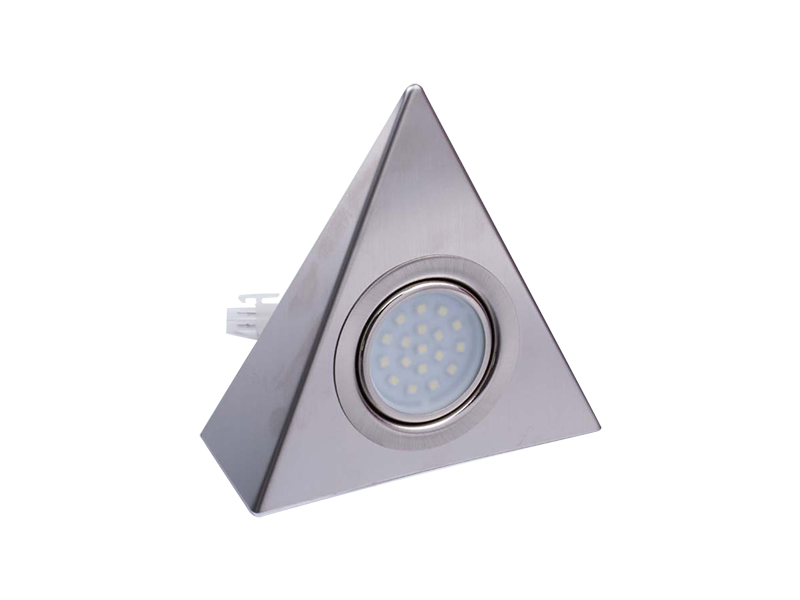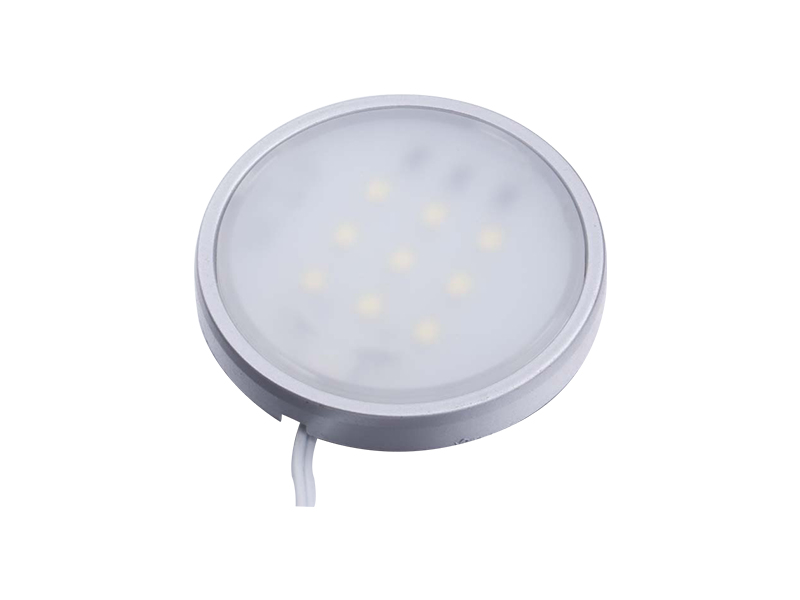-

E-mail:[email protected]
-

Telphone:+86-574-88073028
-

FAX:+86-574-88073029
QR code on
mobile phone
Welcome to Eastkey!
Welcome to Dongke!
The core of anti-fog technology is to control the relationship between the temperature and humidity of the mirror surface to prevent water vapor from condensing into fog. In a high-humidity environment such as a bathroom, when the water vapor emitted by the human body contacts the mirror surface with a lower temperature, it will quickly condense into tiny water droplets, forming fog and affecting the line of sight. ANTI FOG BATHROOM LED MIRROR LIGHT effectively solves this problem through a series of precise designs.
One of the core components of anti-fog mirror lights is the built-in heating element, which is usually a thin film heating wire or an electric heating film. These heating elements are cleverly embedded in the back or edge of the mirror, keeping a certain distance from the mirror surface. When the user turns on the anti-fog function, the heating element will heat up quickly and transfer the heat to the mirror surface through heat conduction. As the temperature of the mirror surface increases, the water vapor on its surface evaporates faster, avoiding the phenomenon of water vapor condensing into fog.
In order to ensure the anti-fog effect without wasting energy, ANTI FOG BATHROOM LED MIRROR LIGHT is usually also equipped with an intelligent temperature control system. This system can monitor the temperature of the mirror in real time and automatically adjust the heating power according to the ambient humidity and user needs. When the mirror temperature reaches the preset value, the system will automatically reduce the heating power or turn off the heating function to maintain the clarity of the mirror and the rational use of energy.
In addition to the heating and defogging mechanism, the material and design of the mirror also play an important role in the anti-fogging effect. In order to enhance the efficiency of heat conduction, the back of the mirror is usually made of materials with good thermal conductivity, such as aluminum alloy or stainless steel. The design of the mirror also fully considers ventilation and heat dissipation to ensure that the heat generated by the heating element can be quickly dissipated to the surrounding environment to avoid local overheating.
top
E-mail:[email protected]
Telphone:+86-574-88073028
FAX:+86-574-88073029





